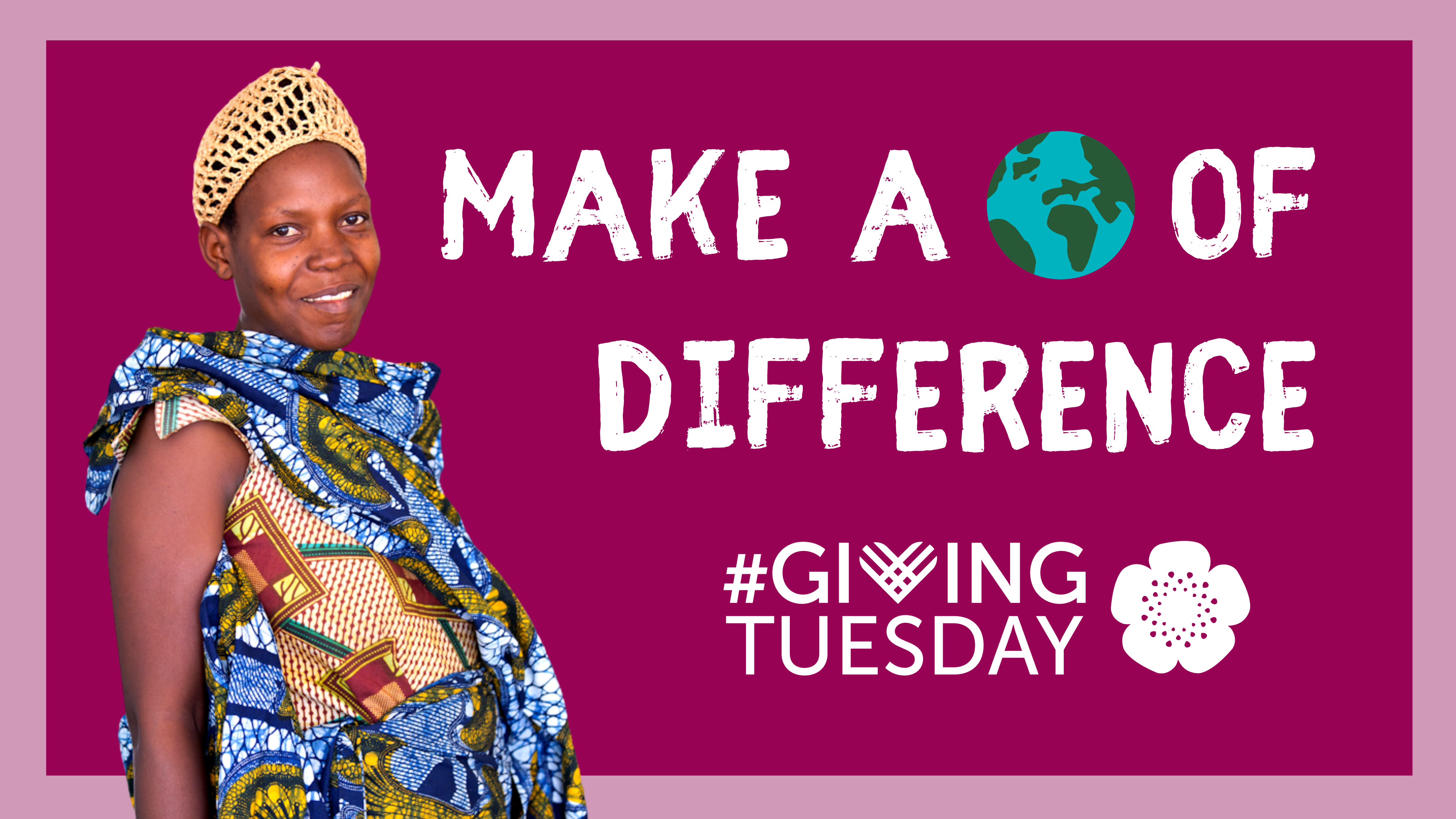
A couple of months ago we shared about the launch of a very important campaign called ‘Women Not Objects‘ which was created by advertising industry exec Madonna Badger. The idea came about after tragically losing both her daughters in a house fire, and as a result she wanted to dedicate her life and career to something meaningful.
She recognized that the advertising industry has a powerful role in shaping young women’s ideals of beauty, success, worth and acceptance, and the majority of messages being shown in images we see today are negative. The first video was very in-your-face and a shocking reminder of all the subconscious messages we ingest on a daily basis, sometimes without even batting an eyelid.
Now they have released a second video asking people to stand up against the blatant sexualization and objectification in advertising as a way to force the advertising industry to change the way they portray and market to women.
On the campaign’s website, they clearly state their mission is to end objectification and stop the harm it causes, to support brands than empower women, and to inspire the world to find a better way.
Most importantly, they want to teach girls that their worth is not their weight, their looks, or their body parts, but who they are, what they have to say and what they can do.
The first video showed examples of the types of print and video advertising we see, showing women in various states of powerlessness. This second one gives you a glimpse into the effect on young women by exposing the number of dangerous trends that have been adopted thanks to the influence of advertising. The thigh gap phenomenon and the dangerous Kylie Jenner lip challenge which have become heavily discussed on social media and blogs exemplify the type of level body obsession can go to when women are ingrained from birth to ensure they look a certain way to feel acceptable.

More recently, the A4 challenge has sparked widespread disdain for the way it forces women to compare the size of their waists to the width of an A4 (roughly an 8.5 x 11) piece of paper. Is this really the low our society has sunk to? How can we not turn to media, fashion and advertising and get angry at the frightening results?!
The National Eating Disorders Association (NEDA) states that over 80% of Americans watch TV daily, and increasing research shows direct correlations between the effects of advertising and the amount of body dissatisfaction and presence of eating disorders, especially in adolescent men and women.
“On a typical day, 8 – 18-year-olds are engaged with some form of media about 7.5 hours. Even media aimed at elementary school age children, such as animated cartoons and children’s videos, emphasize the importance of being attractive. Sexually objectified images of girls and women in advertisements are most likely to appear in men’s magazines. Yet the second most common source of such images is the advertisements in teen magazines directed at adolescent girls,” states the organization.
In the Women Not Objects they go beyond just dangerous body trends but show how this epidemic is very closely linked with rape culture and the shockingly bad way assault victims are treated. The video insinuates, by showing a clip from the compelling campus sexual assault documentary ‘The Hunting Ground’ and images surrounding the viral rape story of 16 year old Jada, that we have become a society that scoffs at victims and downplays the severity because we are so used to looking at women as objects, sexualized beings, and having no equal power.

“We raise our little girls to think of their bodies as projects to be approved,” says a voice over in the video. And by “we”, we’re guessing they are talking about the advertising industry as girls today as “raised” on a steady media diet, more than ever.
On the WNO website, the campaign outlines 4 specific filters they use to determine whether an image or campaign is portraying women in an objectified manner:
Filter One: Props. Does the the woman have a choice or a voice? Is she reduced to a thing?
Filter Two: Plastic. Has this woman been retouched beyond human achieveability?
Filter Three: Parts. Has this woman been reduced to a provocative body part?
Filter Four: What if. What if this woman was your mother? Daughter? Co-worker? Wife? You?
It should be a no-brainer. The whole “sex sells” thing should not be a thing anything, especially in light of the popularity of female empowerment in advertising as shown by brands such as Dove, Always, Pantene and Under Armour. The cultural trend to reduce women to something less than a power, equal human being has been around for so long, it is going to take an enormous industry effort, fueled by social media, to really make executives listen. It’s time for them to stand up. Madonna Badger is a hero in our eyes and we hope her important work will have a far-reaching effect, the impact of which will be felt for generations to come.
Watch the #IStandUp video below and share it with your social network today:

















2 thoughts on ““What If This Was Your Daughter?” #WomenNotObjects Campaign Releases 2nd Video About Objectification In Advertising”